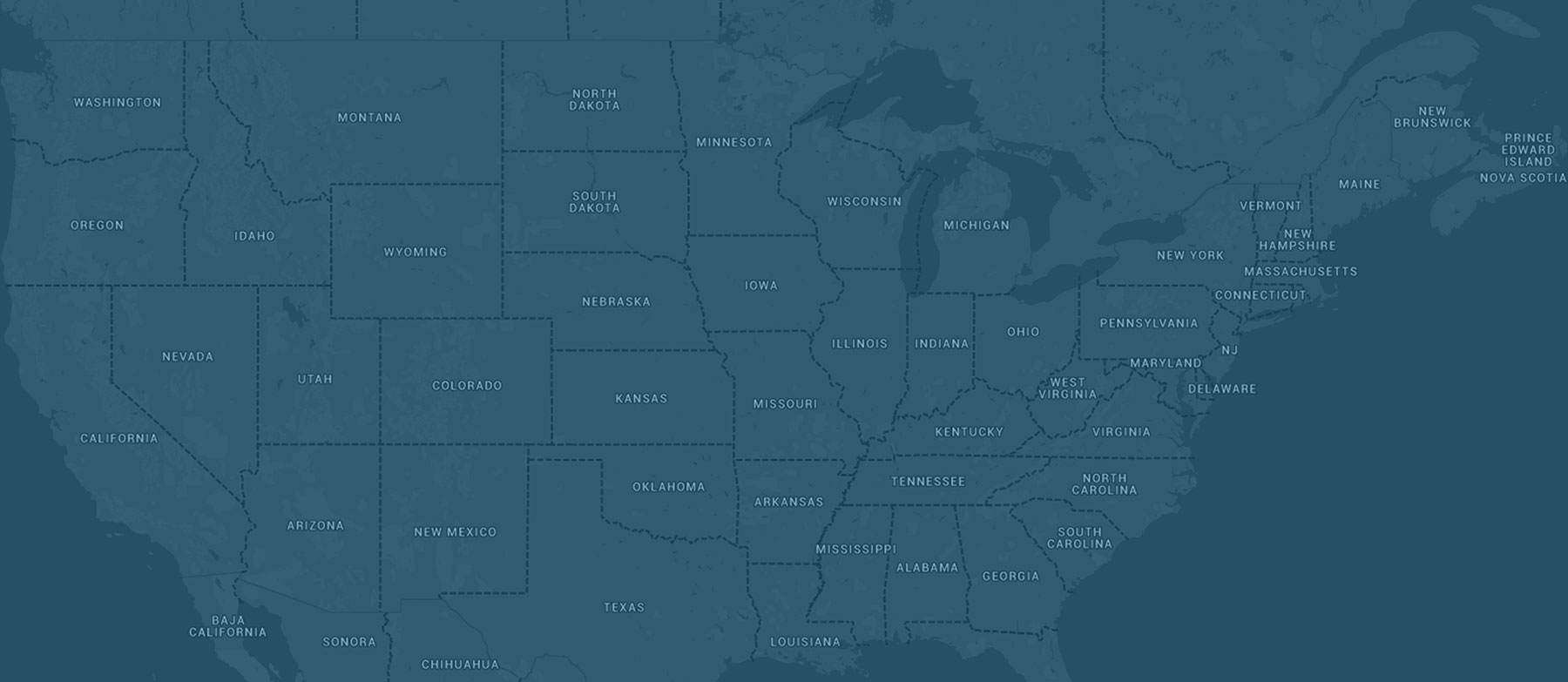Corn Earworm
Increased corn earworm migration risks continue through early next week as no less than two separate cold fronts are predicted to pose at least scattered to potentially widespread corn earworm migration flights. Flights have already been reported in the last week especially west of Lake Michigan, and these flights may continue to expand to the east into the Great Lakes region and eastern Midwest this weekend as a favorable weather pattern for migration is predicted with southerly winds and scattered to widespread precipitation ahead of the cold fronts. Moderate risks are in place tonight from northeast Missouri into far eastern Iowa, central and southern Wisconsin, Illinois, Indiana, northwest Ohio, and southern lower Michigan. Low risks extend east into Pennsylvania and southern Ontario, Canada. The first cold front is predicted to push east into the western Great Lakes region by Saturday, and with southerly winds originating over active corn earworm populations in the mid-south region, a High risk is being issued for southeast lower Michigan, northeast Indiana, northern Ohio, and southwest Ontario, Canada. The high risk has been shifted just a little bit to the east given a slightly faster than predicted cold frontal passage. Moderate risks extend back to I-57 in eastern Illinois and also north into central lower Michigan and as far east as northwest New York, southern Ontario, Canada and northwest Pennsylvania. Low risks are already back in the forecast across the Plains by tomorrow night as the next weather system organizes. By late in the weekend and early next week, Moderate risk ahead of the second cold front are in place from northeast Kansas, eastern Iowa, southeast Minnesota, and eastward into the southern Great Lakes region and eastern Midwest. The second front may produce additional flights, but coverage is not expected to be quite as high given the quick movement of the front and potential precipitation keeping moths less active closer or in mid-south and southern Midwest source regions by that time. Growers especially located in the upper Midwest where crops are still at susceptible stages to damage should be closely and regularly monitoring traps and field conditions as some intense moth flights have occurred in the last week and the potential continues for additional flights into early next week.





